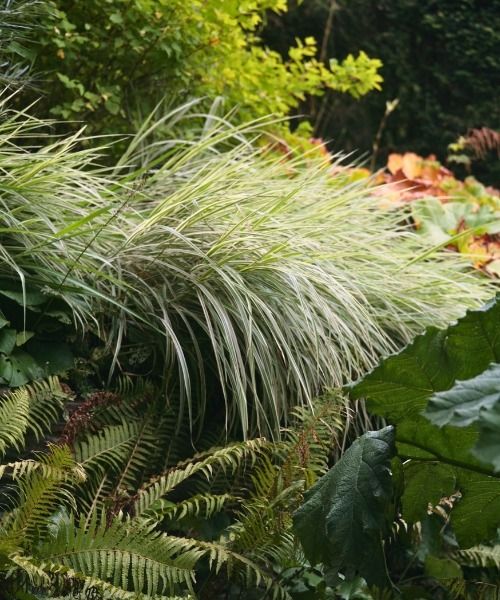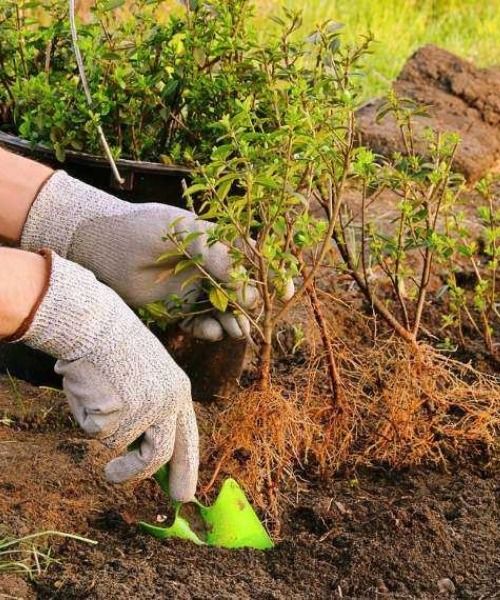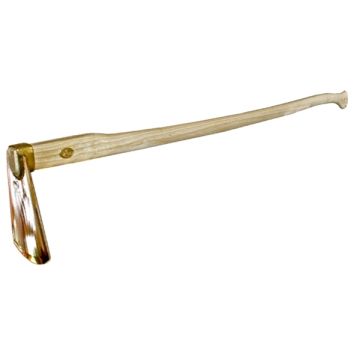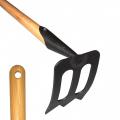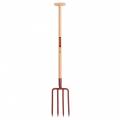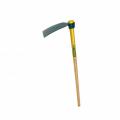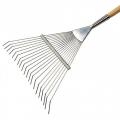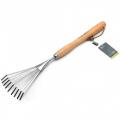Hoes and pick axes
Does this plant fit my garden? Set up your Plantfit profile →
Available in 1 sizes
Available in 1 sizes
Available in 1 sizes
Available in 1 sizes
Available in 1 sizes
Available in 1 sizes
Available in 1 sizes
Available in 1 sizes
Available in 1 sizes
Available in 1 sizes
The hoe is a basic tool, designed for both weeding and working the soil on the surface. Its heavy and wide head is specially adapted for breaking the surface and deeply opening even compact and heavy soils. Closer to a pickaxe than a hoe, it allows for crumbling and loosening the superficial layer of soil after digging, uprooting unwanted plants, earthing up vegetables, or even digging shallow planting holes and furrows. Just like the hoe, the blade is used to loosen and decompress the superficial layer of soil, thus aerating the soil around the cultivated plants in the vegetable garden or ornamental garden.
The Japanese hoe is a kind of hybrid between a sickle and a small hoe. Both sickle, pickaxe, and hoe, the Japanese weeder sneaks everywhere around plants in flowerbeds or in the vegetable garden. Its pointed blade allows for crumbling and loosening the superficial layer of soil after digging, cutting and uprooting the most resistant unwanted plants, or even digging shallow planting holes and furrows. Just like the hoe, the blade is used to loosen and decompress the superficial layer of soil, thus aerating the soil around the cultivated plants in the vegetable garden or ornamental garden. The Japanese hoe is suitable for loose and light soils as well as heavy and hard soils that are difficult to work with.
The pickaxe is probably one of the oldest tools in the world. It is used for heavy earthworks, stump removal, and stone extraction. It is the perfect tool for preparing hard and stony soils before cultivation. The pickaxe allows for breaking and penetrating the hard crust that forms on the surface of bare lands that are neither worked nor vegetated.
Haven't found what you were looking for?






























